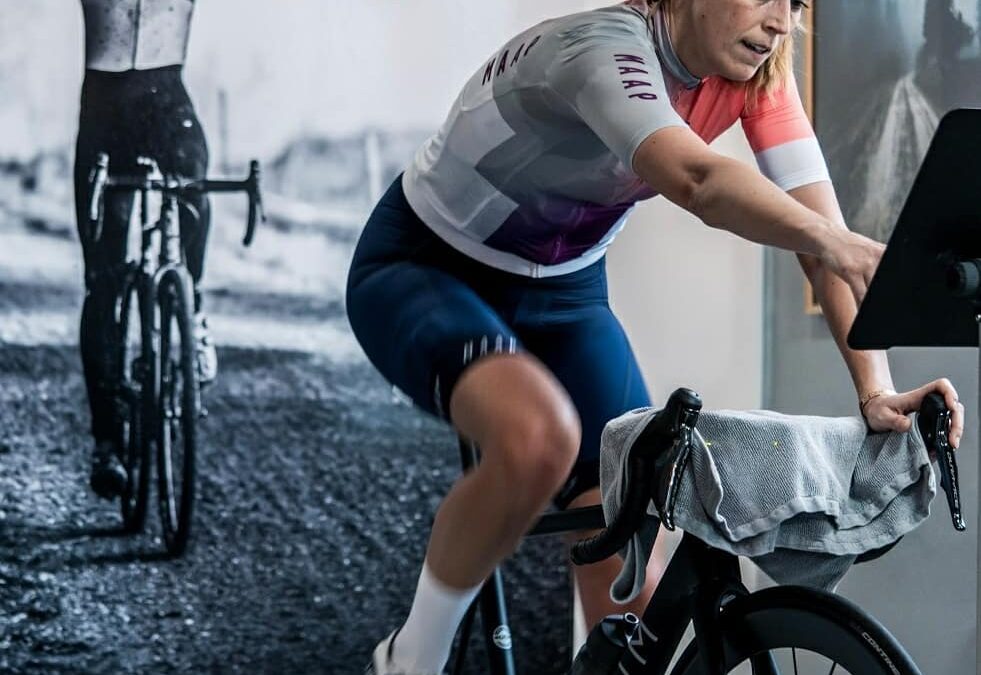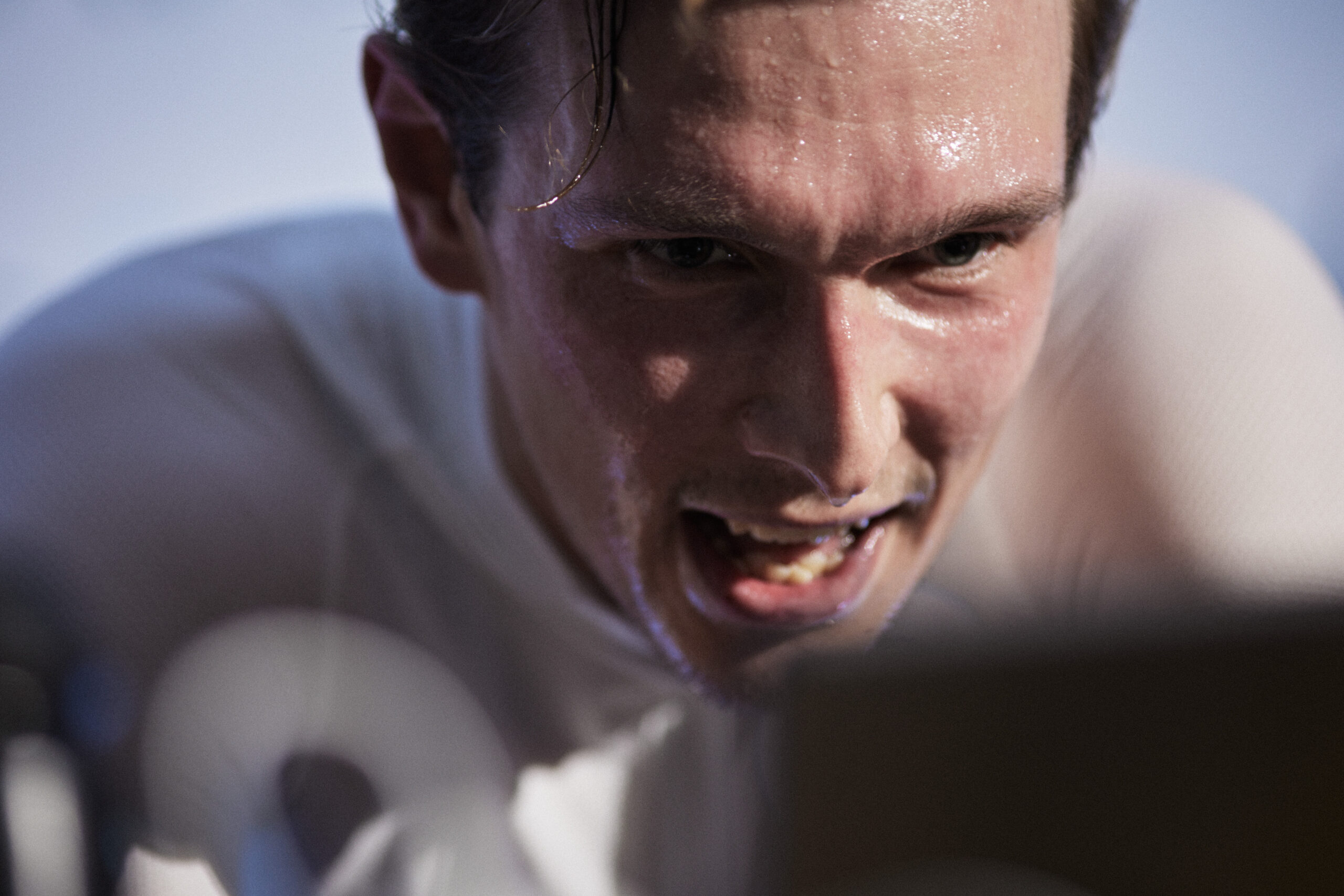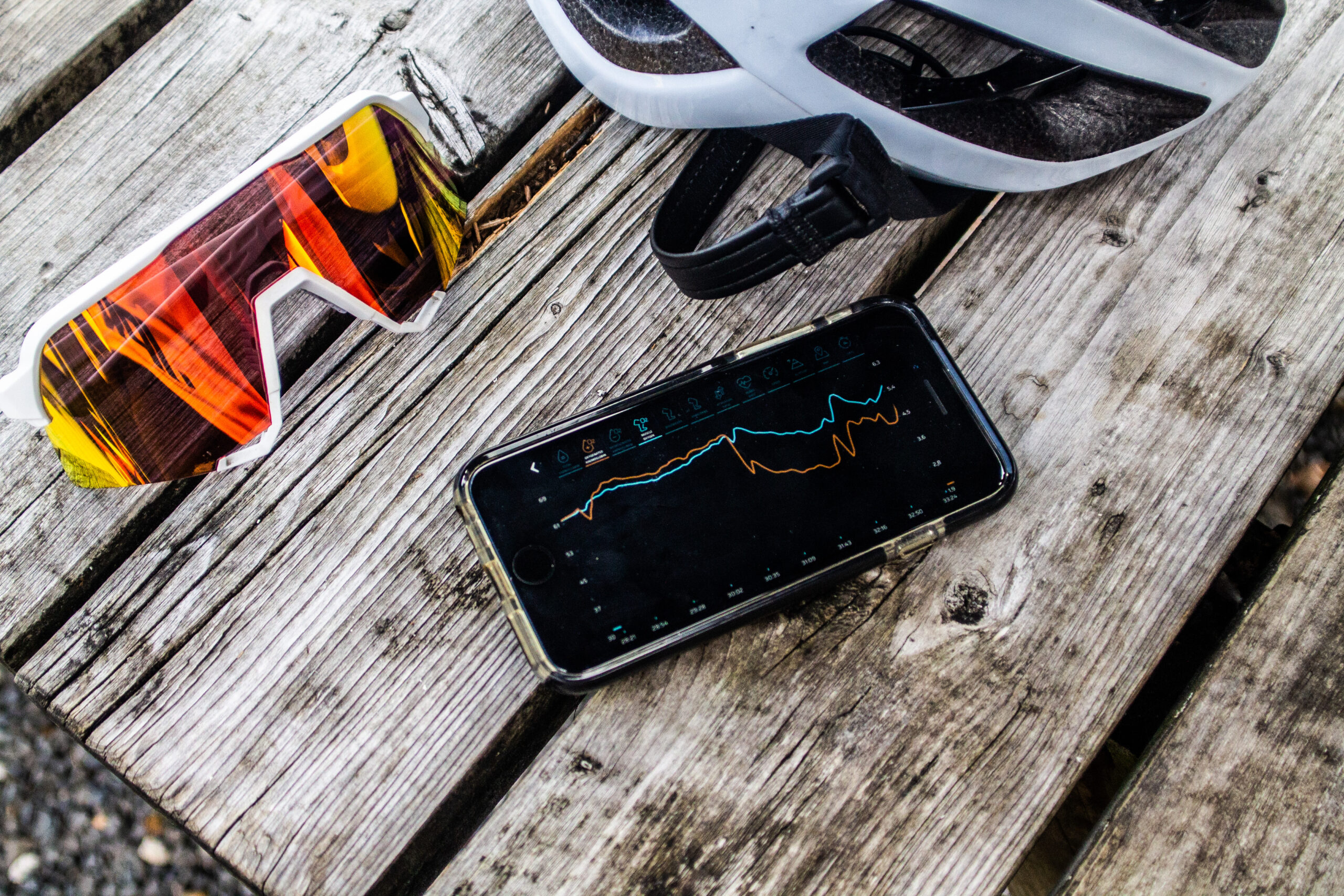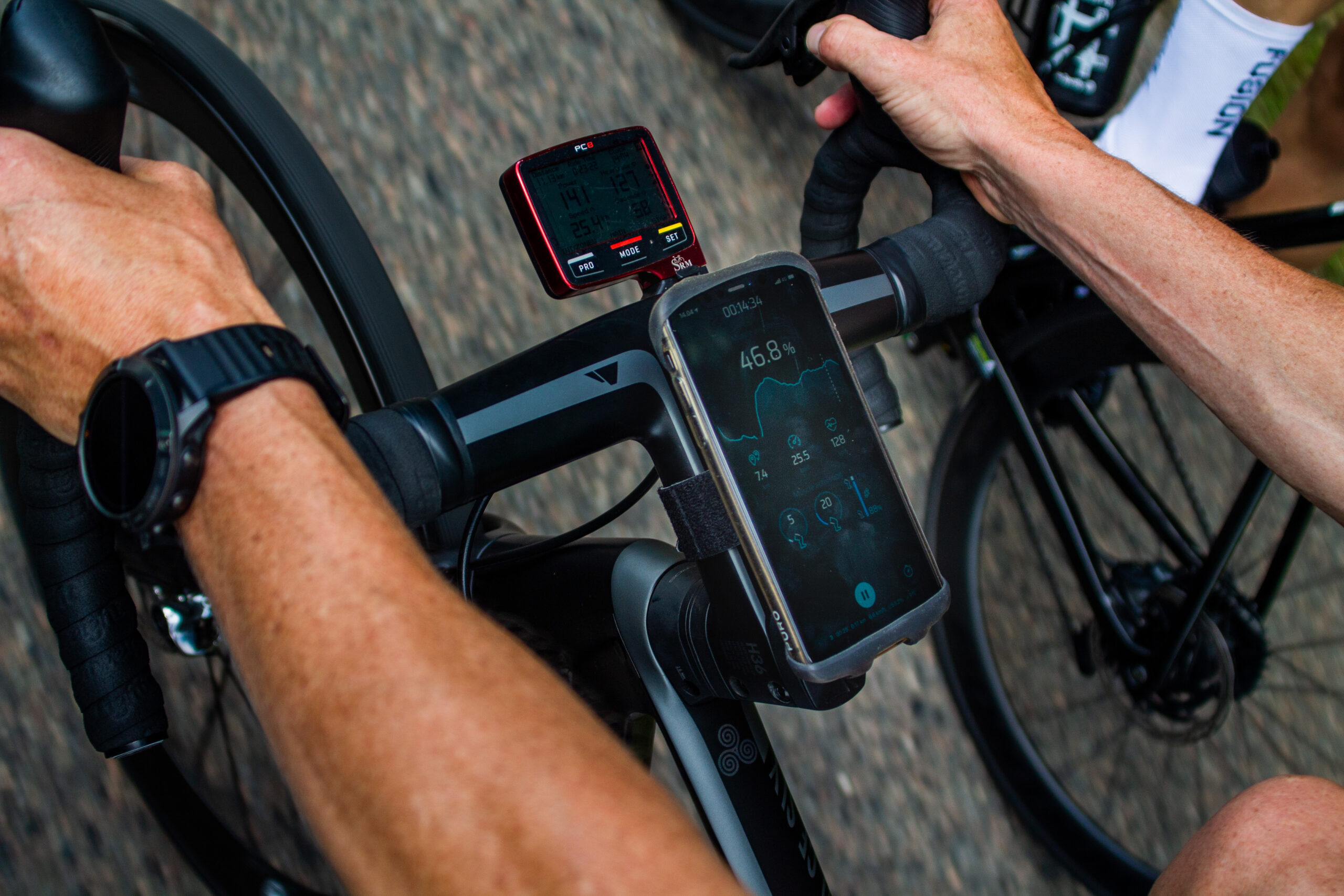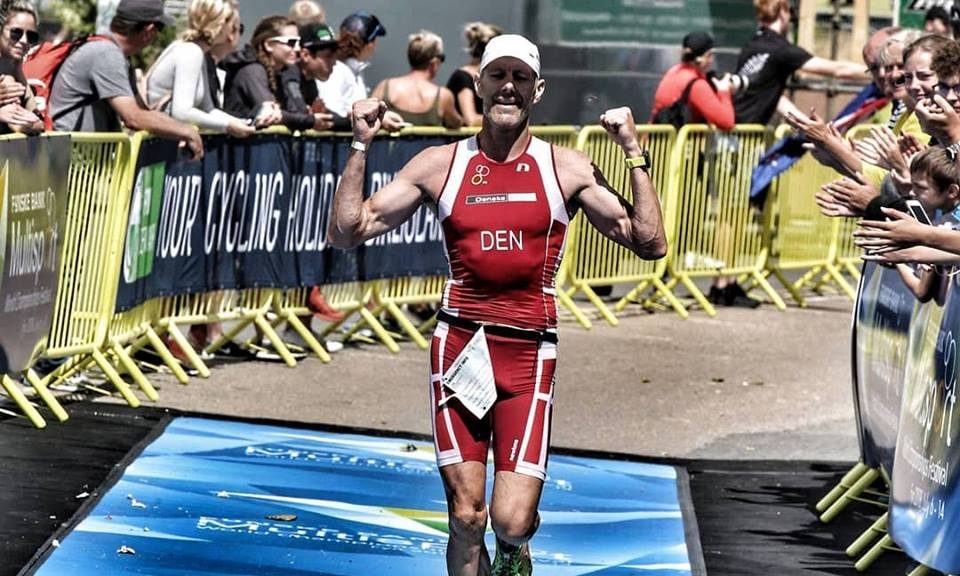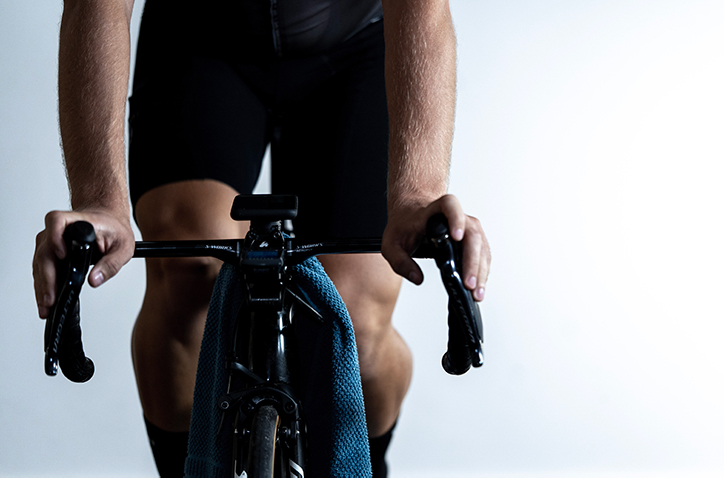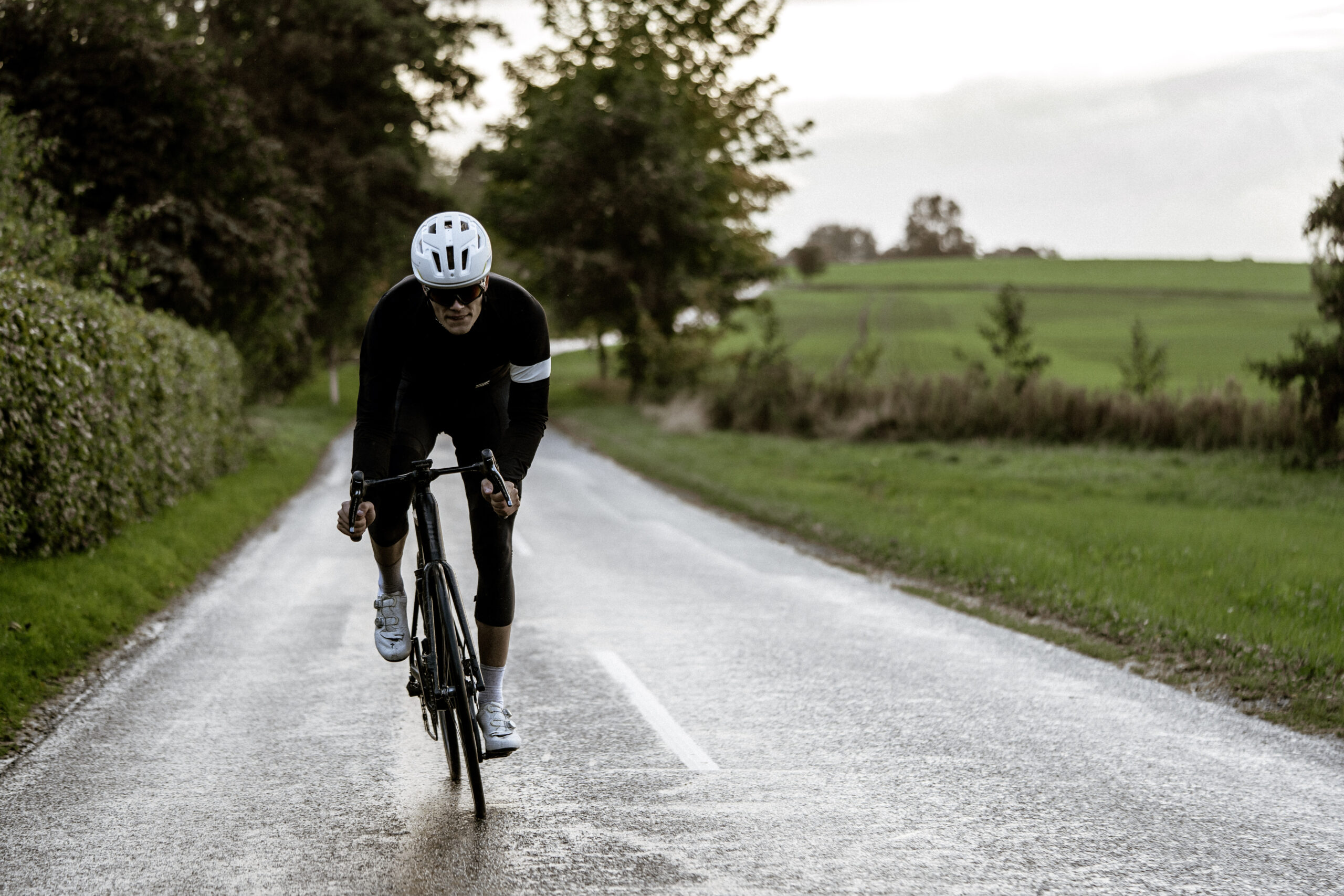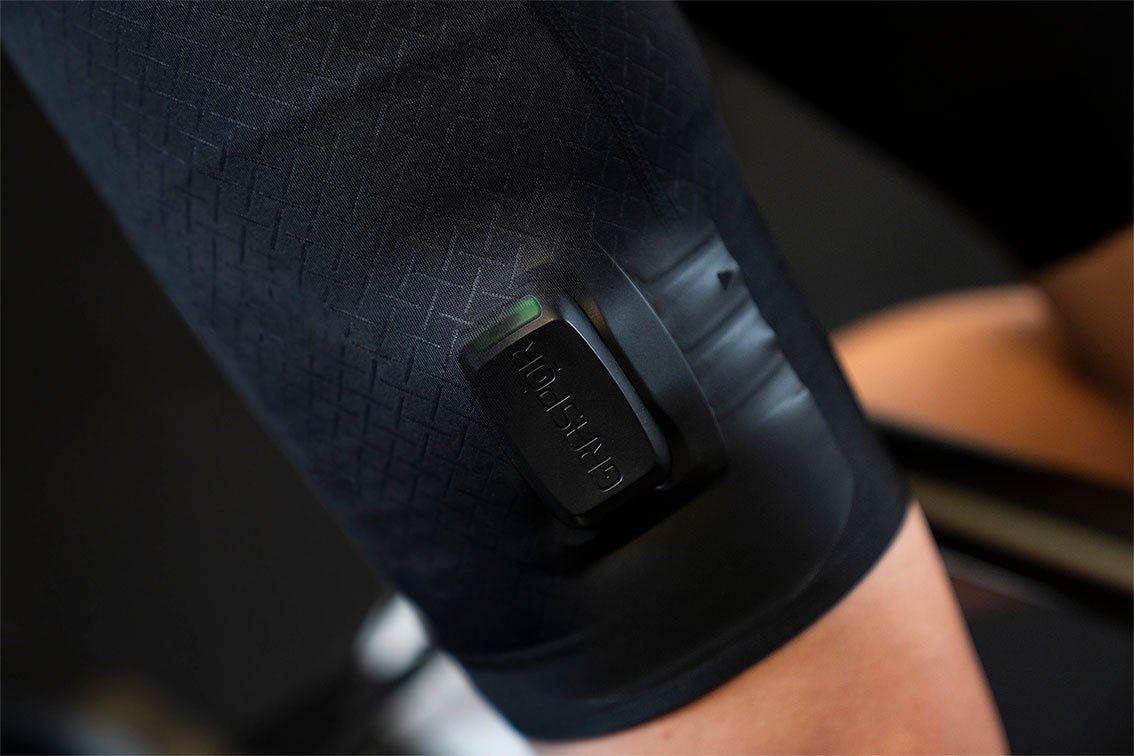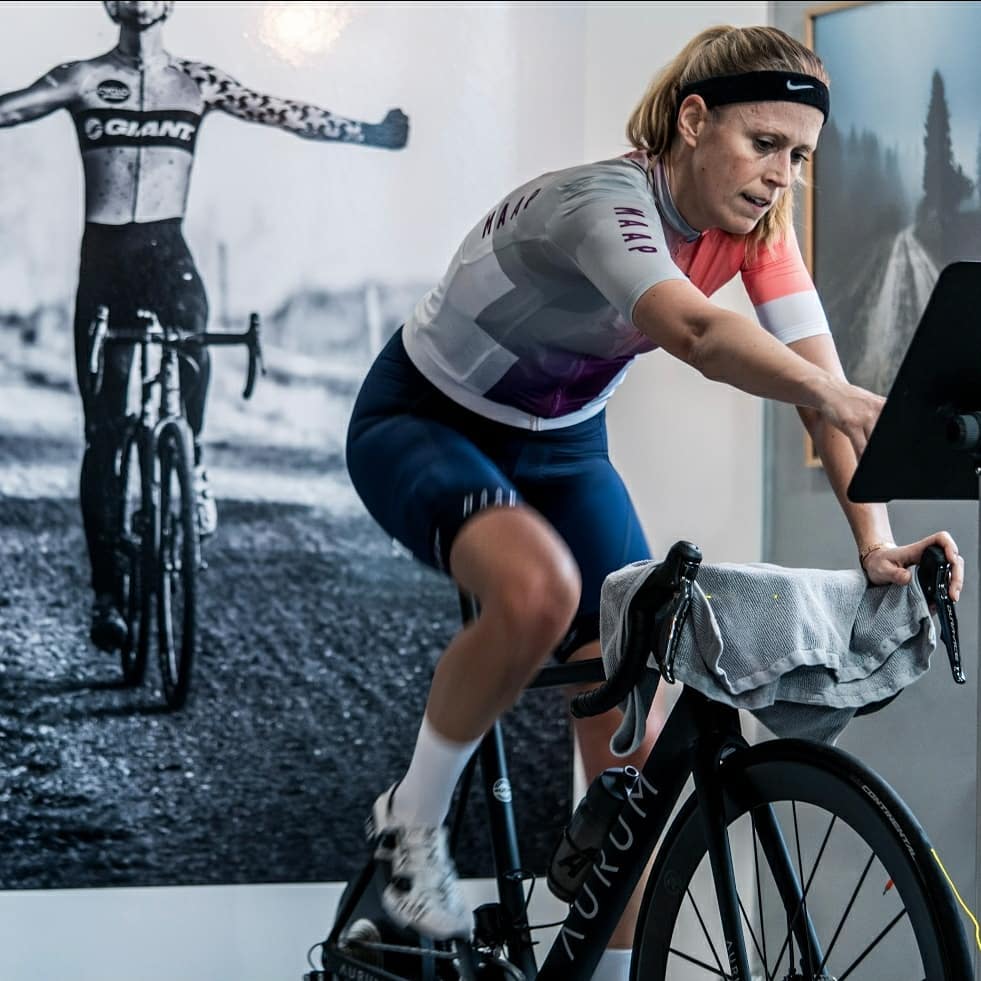Warm-up
The main goal of a warm-up is to prepare the body for high-intensity work by, among other things, increasing the flow of oxygenated blood available to the muscles. The amount of oxygenated blood in the muscle has a direct impact on your performance, as your muscles rely on this oxygen to produce the energy consumed as your muscles perform. At the same time, a warm-up protocol should not affect subsequent exercise negatively.
If you want to learn more about why you should warm up, then check out this article.
GRASPOR’s Muscle Oxygen metric provides information about both blood flow and muscle oxygen consumption, making it well-suited to measure the effectiveness of a warm-up.
With GRASPOR you can adapt your warm-up protocol to the specific type of work you are planning on doing and ensure that you are sufficiently warmed up. There is a significant difference between, for example, warming up for a 20–minute time-trial and 4 hours of easy riding.
Most warm-up protocols start with a brief period of low-intensity activity that will gently increase blood flow to the muscles. If you are planning a long ride at a steady pace, then 10-15 minutes of easy riding will probably be adequate for the muscle oxygen to reach a new baseline where the muscle is ready for sustained work.
If, on the other hand, you are preparing for a session with high-intensity work, you might want to adapt your warm-up with a couple of short periods working at increasingly higher intensities. In general, you should include a few minutes either at a sustained intensity or at a progressively increasing intensity below threshold, a few short highly intense bursts above threshold, and depending on the event, perhaps a sprint.
A practical example…
When you begin your warm-up, you should expect to see an initial drop in Muscle Oxygen, as your muscles start to use the oxygen available. If you continue riding at a low intensity, your Muscle Oxygen should begin to rise slightly as a result of the increased blood flow. If you are preparing for a longer ride without high-intensity efforts, you can continue your ride once your Muscle Oxygen has risen above your resting baseline.
Before high-intensity exercise like interval training, or if you are warming up for a race, you may want to adapt your warm-up to raise your muscle oxygen faster and to improve the ability to absorb oxygen. We recommend that you prepare for intervals by doing 1 or 2 shorter efforts of 1-3minute duration at increasing higher intensities up until threshold followed by 2-3 shorter efforts (30-60s) above threshold. If you are planning to do threshold work during your workout, these efforts will both increase the blood flow and improve the muscle’s ability to take up oxygen from the blood as well as activating more muscle groups.
If you follow this type of warm–up, your muscle oxygen will drop quickly during your elevated efforts and rise again during the rest periods before stabilizing at a slightly higher level than your previous baseline.
When you have finished your warm-up efforts, continue riding at an easy pace for a few minutes until your Muscle Oxygen has stabilized and your muscles are fully recovered and ready for your planned efforts.
Continue leaning about GRASPOR with our oher articles



